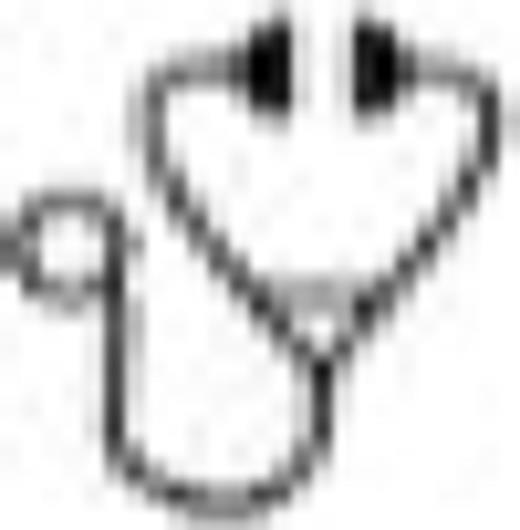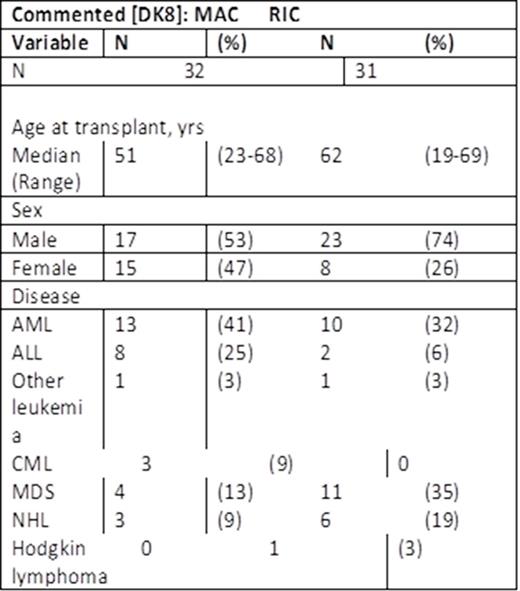Abstract

The optimal source of donor hematopoietic stem cells (HSC) is controversial. Granulocyte colony stimulating factor (G-CSF) mobilized peripheral blood (G-PB) has replaced bone marrow (BM) as the most common allograft source in adults but is associated with donor morbidity and higher rates of chronic graft versus host disease (GVHD) compared to BM. The CXCR4 antagonist plerixafor (Px) mobilizes HSC into the PB (Px-PB) faster than G-CSF and preliminary data suggest both quantitative and qualitative differences in allograft content that may impact clinical outcomes. We sought to assess the efficacy and safety of transplanted allografts collected following mobilization with Px alone in HLA-identical sibling transplantation. This was a Phase II, two-strata, multi-center prospective trial (NCT01696461) to evaluate Px-PB allografts prior to reduced intensity conditioning (RIC) and myeloablative conditioning (MAC) based hematopoietic cell transplantation (HCT). Patients aged 18-65 years with an HLA-ID sibling donor and a hematological malignancy suitable for HCT were eligible. The primary objective was to determine the proportion of donors whose cells could be successfully mobilized and collected with a sufficient CD34+ cell dose using Px as the sole mobilizing agent. Px mobilization was considered successful if ≥ 2.0x10^6 CD34+ cells/kg recipient weight were collected in no more than two leukapheresis (LP) collections. All donors receiving Px were included in the analysis of the primary objective based on the intention-to-treat principle. Secondary objectives included the incidence of acute and chronic adverse events in donors, rates of hematopoietic engraftment, donor chimerism, rates of acute and chronic GVHD, non-relapse mortality (NRM), progression free survival (PFS) and overall survival (OS) for the recipients. From July 2013 to December 2014, 64 donor/recipient pairs were enrolled at 12 centers. Donors received Px at 240μg/kg subcutaneously 4 hours prior to LP. LP was performed processing at least 4X blood volume for up to two consecutive days (a third day was allowed for low CD34+ cell yields after 2 LP procedures) to achieve a target CD34+ cell dose of ≥ 4.0 x 10^6/kg recipient weight with a minimum goal of ≥ 2.0 x 10^6/kg. All allografts were cryopreserved. GVHD prophylaxis included cyclosporine or tacrolimus in combination with methotrexate, mycophenolate mofetil, or sirolimus. G-CSF was given routinely post HCT only to MAC recipients. Patient demographics are provided in Table 1. The median donor age was 56 years (18-65). 64% of the donors were male. Donors underwent one (23%), two (72%), or three (5%) LP procedures. 63 of 64 (98%) donors achieved the primary objective. The median total CD34+ cell dose/kg recipient weight collected within 2 days was 4.6 (0.9-9.6). Maximal donor toxicity following Px injection and LP was grades 0 (30%), 1 (52%), 2 (17%), and 3 (2%). Bloating, flatulence, abdominal pain, headache, paresthesisas, injection site reaction, and dizziness were the most commonly observed toxicities. Bone pain was not observed. The one grade 3 toxicity was a vasovagal episode felt related to LP and unlikely to Px. Toxicities typically resolved within a week of LP. The median follow up is 6.3 months. Median days to ANC (>0.5 x10^9/L) and Platelet count (>20 x 10^9/L) recovery were 13.5 (10-148) and 19 (1-76) after MAC and 14.5 (0-25) and 18 (0-141) after RIC, respectively. The cumulative incidence of acute GVHD grades 2-4 and 3-4 at day 100 were 47% (95% CI: 30-64) and 9% (95% CI: 2-22) after MAC and 19% (95% CI: 6-38) and 5% (95% CI: 0-18) after RIC. Probability of NRM at day 100 was 4% (95% CI: 0-13) and 0% after MAC and RIC, respectively. The probability of OS at day 100 was 97% (95% CI: 88-100) and 90% (95% CI: 78-98) after MAC and RIC, respectively. In conclusion, this is the first multi-center trial to demonstrate that as an alternative to G-CSF, Plerixafor rapidly, safely, and effectively mobilizes sufficient numbers of CD34+ cells from HLA-ID sibling donors for HCT following both RIC and MAC regimens. Engraftment was generally prompt and early results of secondary endpoints in recipients are encouraging. Longer follow-up and more extensive analysis of donor allografts and recipient outcomes will be presented at the time of the meeting. Research support was provided in part by Genzyme, a Sanofi Company.
Characteristics of recipients
Chen:Bayer: Consultancy, Research Funding. Devine:Genzyme: Research Funding.
Author notes
Asterisk with author names denotes non-ASH members.

This icon denotes a clinically relevant abstract


